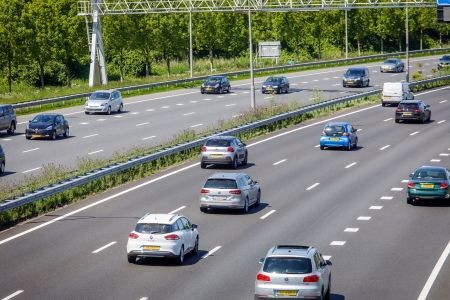Cars
The Regulation Vehicles [3] describes three types of requirements that cars have to meet: approval requirements, permanent requirements, and usage requirements. The approval requirements are determined at European level per vehicle category [4] [5] and concern mass and size of vehicles, noise level, lighting, steering, braking system and occupant safety. Cars are admitted to the public road if they have obtained type-approval and have thus met the approval requirements. European member states are not allowed to apply stricter requirements for approval.
The permanent requirements refer to the technical condition of the vehicle and are periodically established during the Periodic Technical Inspection (Dutch abbreviation: APK) [6]. The European inspection requirements [7] are minimum requirements, member states are allowed to apply stricter standards. See the question How does periodic technical inspection (PTI) of cars contribute to road safety?
The usage requirements concern the way the car may be used. These include load transport (weight and size), towing of trailers and the driver’s field of vision. Thus, objects or passengers may not obstruct the driver’s view of the windshield and front side windows, and mirrors should be correctly adjusted. European member states determine the usage requirements themselves, but should comply with a number of preconditions [8]:
- because of possible (international) trade barriers, the rules should not be stretched so far as to prevent actual use of the vehicle on the road;
- the rules should be justifiable on account of legitimate government interests, among which road safety interests;
- the rules should be enforcable in practice.
In addition to these three requirement types, car manufacturers may voluntarily comply with Euro NCAP standards to improve safety and to distinguish themselves from other manufactures. See the question How does Euro NCAP contribute to road safety?
Drivers
Anyone using a car in traffic must have a driving licence. To qualify for a driving licence, candidates must at least be aged 17, be healthy, and have the knowledge and skills to enable safe, smooth and environmentally friendly traffic participation. Until drivers turn 18, they may only drive supervised by an experienced driver. For more information, see SWOV fact sheet Driver training and driving tests.
For older drivers, there is a test to determine their fitness to drive (age-related test). See SWOV Fact sheet Older road users.
